
-
Updating Roman Jakobson’s ‘Poetic Function’ with Vector Semantics
Read more: Updating Roman Jakobson’s ‘Poetic Function’ with Vector SemanticsKurzynski discusses how poetry extends beyond sound and rhythm and taps into a deeper network of meanings.

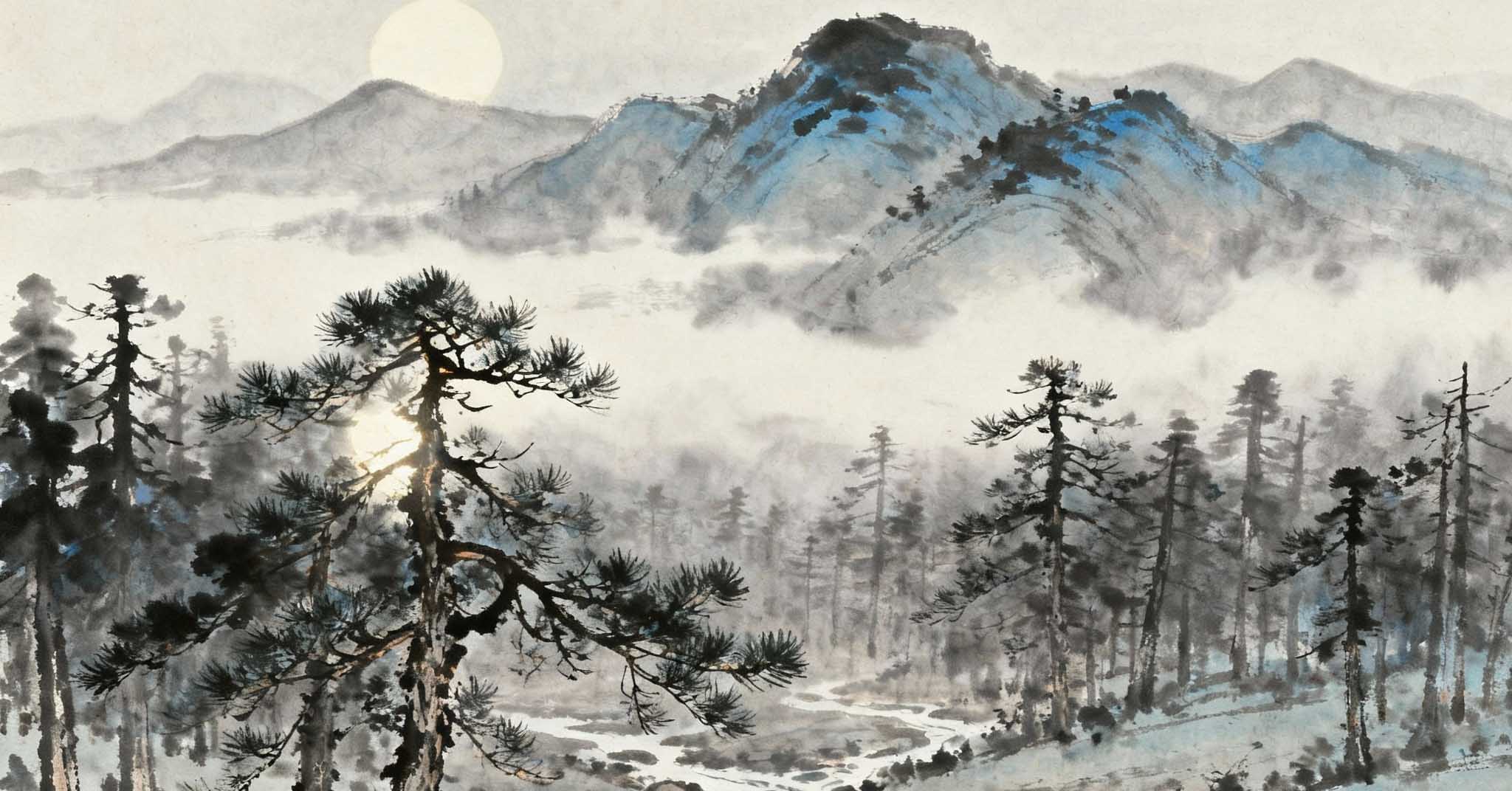
Kurzynski discusses how poetry extends beyond sound and rhythm and taps into a deeper network of meanings.
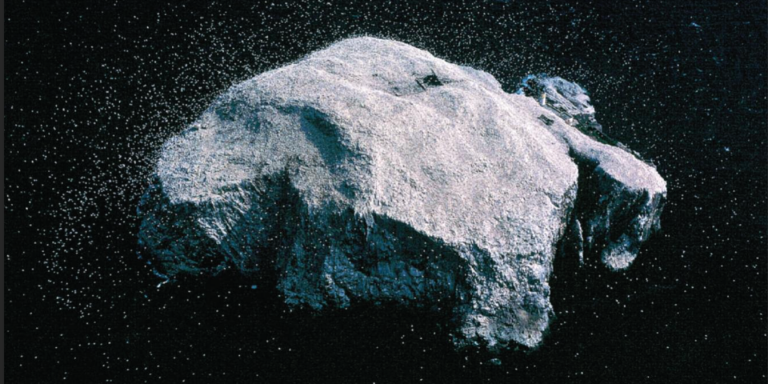
by Patricia Macdonald This is the second of a series of blogs featuring themes and participants from the book Surveying the Anthropocene: Environment and photography now, edited by Patricia Macdonald (for an introduction to the book, see Q & A…
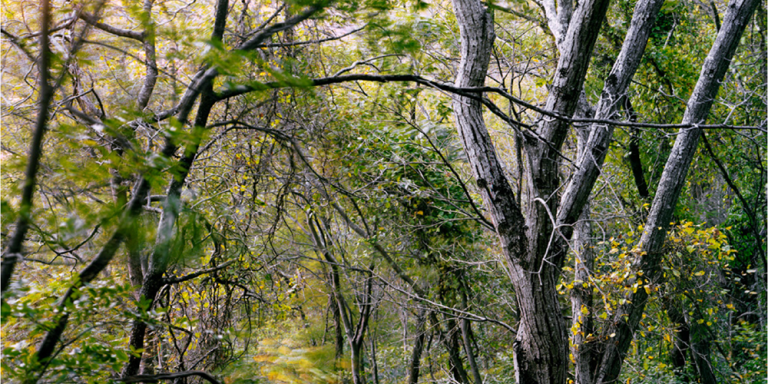
by Patricia Macdonald This is the first of a series of blogs featuring themes and participants from the book Surveying the Anthropocene: Environment and photography now, edited by Patricia Macdonald (for an introduction to the book, see Q & A blog…
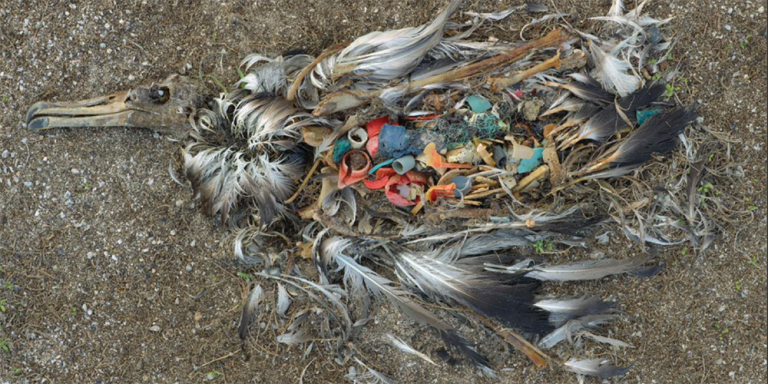
by Patricia Macdonald Tell us a bit about your book… The purpose of the book is to explore the range of responses of thoughtful photographic image-makers worldwide to the current emergency times – the global situation of multiple, interconnected, environmental…
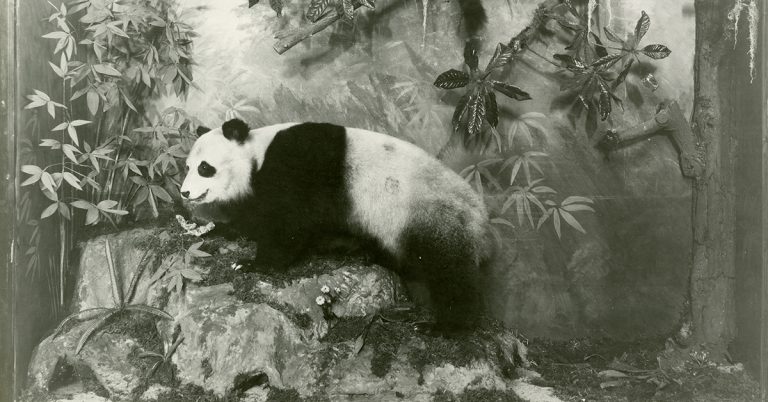
By Li-Chuan TAI In 1869, when French Lazarist Father Armand David (1826–1900) “discovered” the giant panda in Moupin, Sichuan province of Southwest China, no other Westerners had ever encountered one, and even Chinese people outside of the area had very…
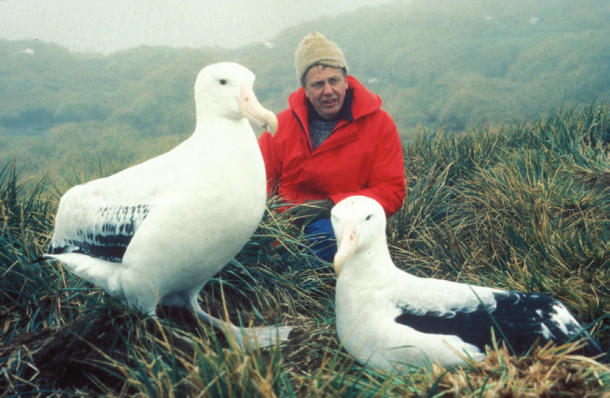
Images of natural history, whether stationary or moving, have the capacity to affect the emotions of an audience. Through the creation of narratives, anthropomorphic reflection and knowledge transfer, they have the power to change perceptions and behaviour. In our featured…